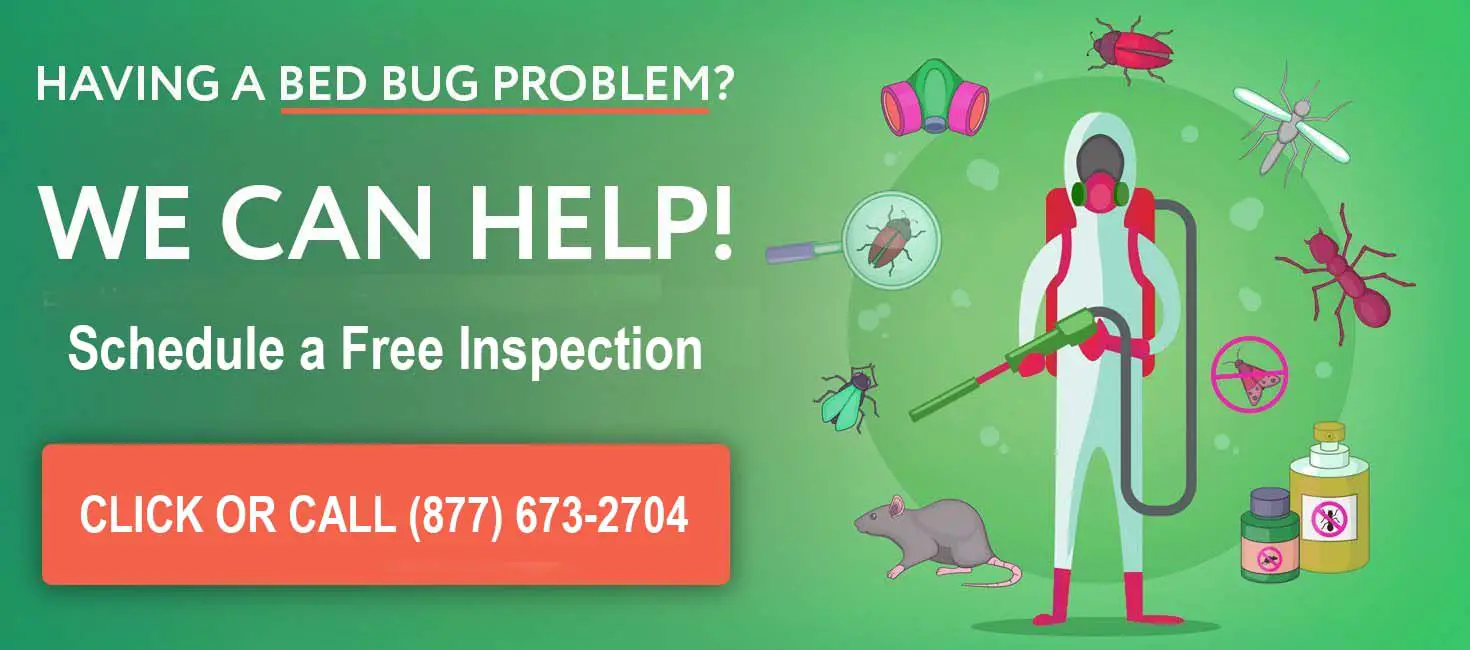Call 1-877-673-2704 for a free extermination quote or do-it-yourself with our featured bed bug kit.
What’s Causing These Bites? Advice for a Concerned Parent
Reader Question: What’s Causing These 'Bites' on My 4-Year-Old?
PLEASE HELP!!! I have a 4 year old that has had these 'bites' appear on her for the last 2 wks. The 1st time she woke with 40 plus spots, then 2 wks later(yesterday) I found about 8. I've searched and am unable to find anything. I don't know what to do?! There are 4 of us living in the home(4 & 8 y/o's and 2 adults) My 8 year ole had numerous little red spots that lasted a couple of days, but went away. My daughter on the other hand is reacting really bad!! Other than that, no one else has had any 'bites'. I feel horrible that I can't help her, because I have no clue what's going on?! I took her to the pediatrician and he said it looked like a 'bug' bite. Then I took her to the ER and they said contact dermatitis. I'm also currently waiting to get her in to see the Derm. Doc.Our Response
Hi, thank you for sharing your concerns. We understand how upsetting this situation must be for you and your family. Based on the image you provided, the red welts on your daughter’s skin appear to be inflamed and significant in size, with noticeable irritation. Let’s explore possible causes and steps you can take to identify and address the issue.Possible Causes of the 'Bites'
- Bed Bugs: The recurring nature of the bites and their appearance in clusters are consistent with bed bug activity. Bed bugs tend to bite exposed skin at night, leaving red, itchy welts.
- Fleas: If you have pets or live in an area with wildlife, fleas may be the cause. Flea bites often appear as small red bumps, typically concentrated on lower legs or areas with thinner skin.
- Allergic Reaction: If the pediatrician and ER mentioned contact dermatitis, this could suggest an allergic reaction to a material, product, or irritant in your home.
- Other Insects: Mites, mosquitoes, or other biting insects could also be responsible, especially if there’s no clear evidence of bed bugs or fleas in the home.
What You Can Do Right Now
- Inspect for Bed Bugs: Check all mattresses, bed frames, and surrounding furniture for signs of bed bugs, such as black fecal spots, shed skins, or live bugs.
- Check for Fleas: If you have pets, inspect them for flea activity. Look for small black specks (flea dirt) or fleas in their fur.
- Change Bedding and Clothing: Wash all bedding, clothing, and stuffed toys in hot water and dry them on high heat. This will help eliminate any potential pests.
- Apply Relief for Bites: Use over-the-counter hydrocortisone cream or oral antihistamines to reduce itching and inflammation. Oatmeal baths can also soothe irritated skin.
When to Seek Professional Help
- Pest Control Inspection: If you suspect bed bugs, fleas, or mites but can’t find evidence, contact a professional pest control company for an inspection.
- Dermatologist Consultation: Continue with the dermatologist appointment to rule out skin conditions or allergic reactions.
- Contact Allergy Testing: If dermatitis is suspected, allergy testing may help identify the trigger.
Best regards,
Jeff,
Editor and Publisher
Bed Bugs Handbook
Join in and write your own page! It's easy to do. How? Simply click here to return to Bug Bites.



